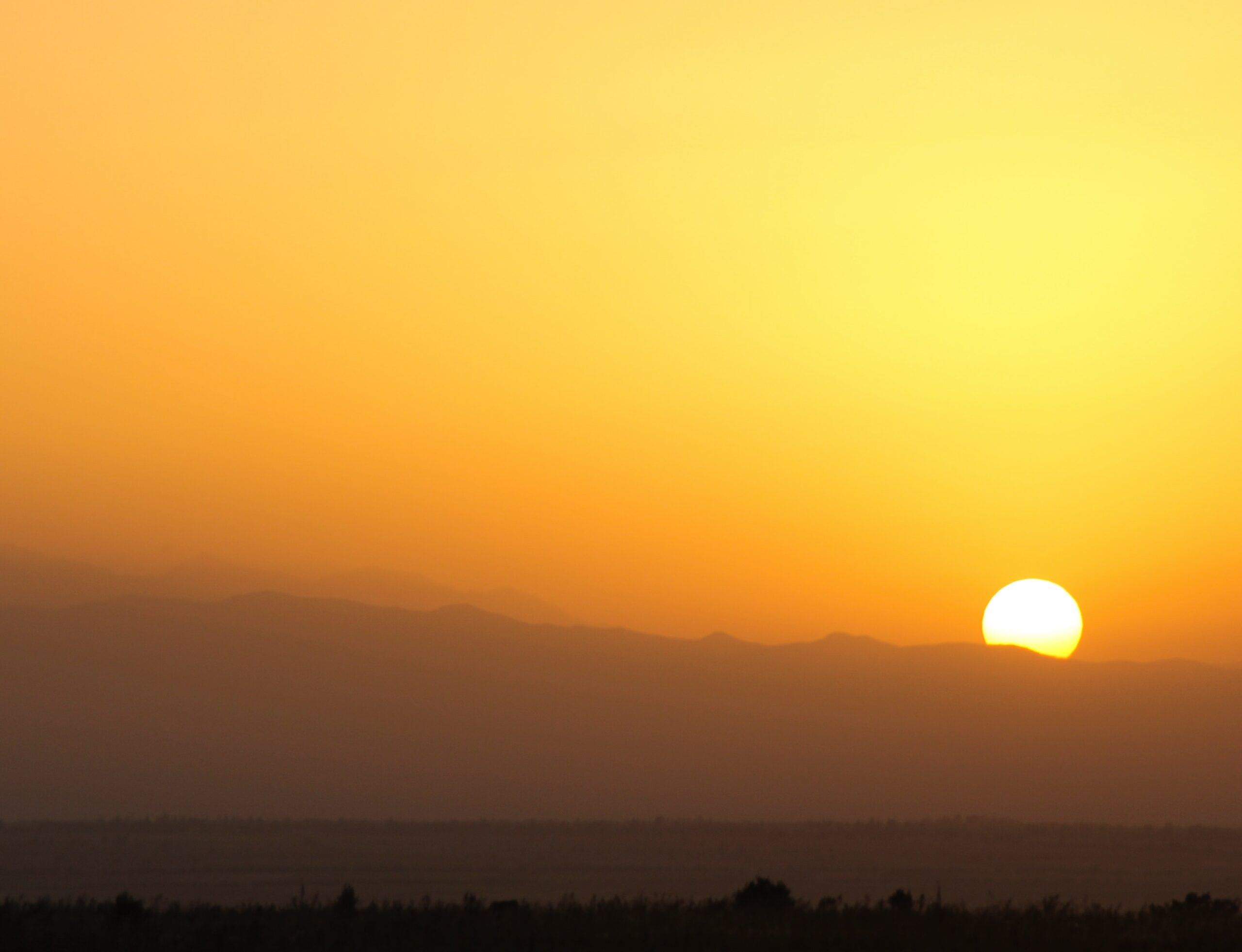Canada is in for another warm year in 2023, David Phillips, senior climatologist for Environment and Climate Canada told Humber News on Monday.
“Anybody that denies climate change is on a different planet. All seasons, all places, all sectors are being affected by this runaway warming,” Phillips said.
“Warming does cause more extreme weather disasters — The easiest forecast is to say the world will get warmer, wetter and wilder.”
Canada in 2022 found itself 1.2 C warmer according to Berkeley Earth, a non profit temperature analysis organization — a trend that’s been ongoing for years.
“If you stuck a thermometer into Canada in 2022 we found the temperatures were warmer by about 1.2 degrees. Now that doesn’t seem like a lot but that keeps the trend going,” he said.
That number falls in line with an over 20 year trend for Canada without a colder than usual year, something Phillips doesn’t see stopping.
“Going forward one would bet to suggest 2023 would be a warm one. The disappearance of La Niña would have more of the water area of the world being warmer. So with another area contributing to global warmth my sense is Canada would come out to be warmer.
La Niña, a climate pattern cooling ocean waters along the tropical west coast of South America, helped keep temperatures from reaching higher heights for the last three years, and recently disappeared in the eastern Pacific Ocean.
“Forecasting for a year ahead presents all kinds of dangers but we can look at trends and areas that would perhaps influence our temperatures globally and make a best guess that it will continue to get warmer,” Phillips said.
The continued warming of the planet is not limited to North America. In 2022 world temperatures reached the fifth warmest on record according to NASA.
According to the Copernicus Climate Change Service, Europe had its warmest fall season on record, almost two degrees above a 29 year average. Europe is currently warming more rapidly than the rest of the world.
The signs of climate change are all around us according to Phillips, whether it’s forest fires that blaze through B.C. or shorter skating and skiing seasons across Canada.
“We’ve already seen that kind of evidence over the years. You can’t see that year to year, it’s a slow motion kind of change.”
Phillips warned against the faux comfort that could come with looking at yearly weather patterns instead of reports that encompass a longer period of data.
“If you were to wake up every 30 years, You would stand back and look up and say ‘oh my god’. There’s no denying that it’s up. That’s what climate change is. And that’s why we have to look at the long picture and the evidence is quite clear,” he said.
“It’s a slow change and it’s an undeniable change.”

